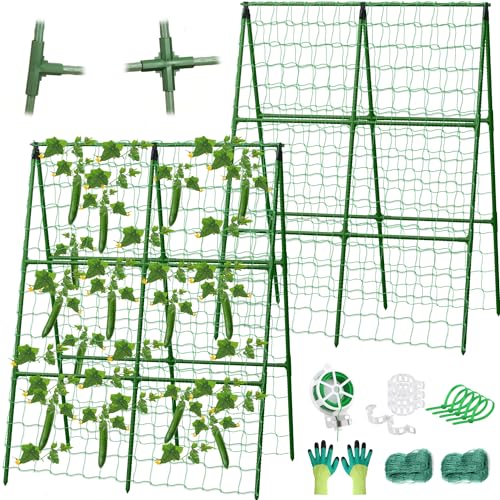Which acid you use will make a difference BUT most people haven’t had access to clean acids so they won’t be able to taste the difference.
* MALIC produces sharp notes, it is the difference between tasting a pie cherry and a Bing cherry, a rhubarb wine where the acid is removed by fermenting with Malurvurn B yeast is flabby, more like a punch. Malic can be removed as with 71B or MLF or wild lactic fermentation so if I see pH creep up on apple containing products I will not replace it with malic. Malic is fast on the tongue/ has a pKa near the formulated pH so it jumps to pKa2 quickly.
* CITRIC produces a fruity flavor which reminds me of oranges. Citric is cheap/ chemically synthesized/ widely used. It is used in a lot of places where a generic acid is wanted. It is a little more sharp (faster on the tongue) than tartaric. If fermentation there is a risk of metabolism producing a dairy note.
LACTIC a dairy or cheese like flavor. Not as sharp meaning the pKa is above formulating pH.
TARTARIC is a good general purpose acid. Less sharp than malic and citric, more sharp than lactic. It is a good replacement for malic since it will be easier to drink but still give some impression of sharpness.
PHOSPHORIC is chemically synthesized so it is cheap/ work bought it by the tanker truck. Has sharp notes a bit more than malic/ a low pKa. Has three H+ so is nice for buffering. I will use it to replace malic lost in wild lactic infections since it won’t be metabolized. Looks bad on a natural food label since it is a chemical/ sometimes hidden as work called it water treatment knowing water was part of the formula.
SULFURIC not intentionally used in food systems. Not as stable Ie anytime we add K metabisulphite for ReDox control in wine, or SO2 gas to dried apricots we will produce trace amounts of SO4. Mild, ~not easy to name.






















































